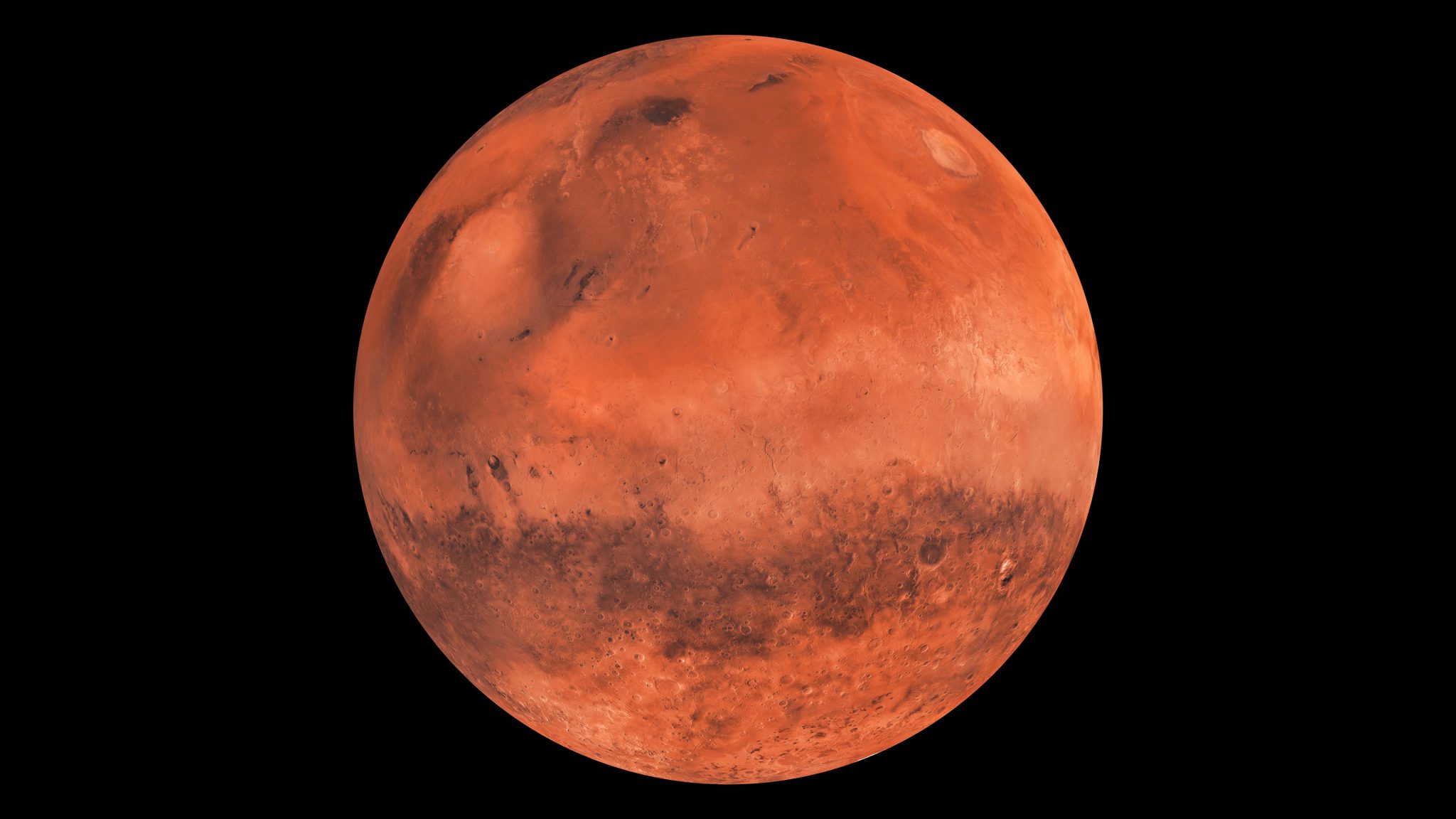

UAE’s Hope probe is set to enter Mars orbit
Why In News?
What is the Hope probe?
Hope was developed by UAE scientists in the US. It was launched in July 2020 from the Tanegashima Space Centre in Japan aboard a Mitsubishi Heavy Industries’ H-II A rocket and its launch became the 45th for H-II A.
Carrying three instruments, including a high-resolution camera and a spectrometer, the spacecraft is on an orbital mission to collect data on Martian climate dynamics and help scientists understand why Mars’s atmosphere is decaying into space.
Hope is the UAE’s fourth space mission and first interplanetary one. The previous three were all Earth-observation satellites. Once it is successfully able to reach the planet, it will start orbiting the planet. Its overall mission life is one Martian year, which is about 687 days on Earth.
Why Mars?
Apart from the UAE, the US and China also launched missions to Mars during the brief launch window which was available in July. During this launch window, Earth and Mars were aligned at their closest points in two years, which means using less fuel to reach the planet. Launch windows are significant since if a spacecraft is launched too early or too late, it will arrive in the planet’s orbit when the planet is not there.
The growing number of missions to Mars by different space agencies across the world is part of the competitive space race, a bid to establish themselves as a leader in space exploration. Not only national space agencies but aerospace manufacturers such as Elon Musk’s SpaceX too harbour ambitious missions to the Red planet. SpaceX, for instance, sees Mars as an alternative to living on Earth since it is its “closest habitable neighbour”.
Background:
MARS ORBITER MISSION
Marking India's first venture into the interplanetary space, MOM will explore and observe Mars surface features, morphology, mineralogy and the Martian atmosphere. Further, a specific search for methane in the Martian atmosphere will provide information about the possibility or the past existence of life on the planet.
The enormous distances involved in interplanetary missions present a demanding challenge; developing and mastering the technologies essential for these missions will open endless possibilities for space exploration. After leaving Earth, the Orbiter will have to endure the Interplanetary space for 300 days before Mars capture. Apart from deep space communications and navigation-guidance-control capabilities, the mission will require autonomy at the spacecraft end to handle contingencies.
Once India decided to go to Mars, ISRO had no time to lose as the nearest launch window was only a few months away and it could not afford to lose the chance, given the next launch would present itself after over 780 days, in 2016. Thus, mission planning, manufacturing the spacecraft and the launch vehicle and readying the support systems took place swiftly.
MOM was launched aboard PSLV C-25, which was an XL variant of the PSLV, one of world's most reliable launch vehicles.
